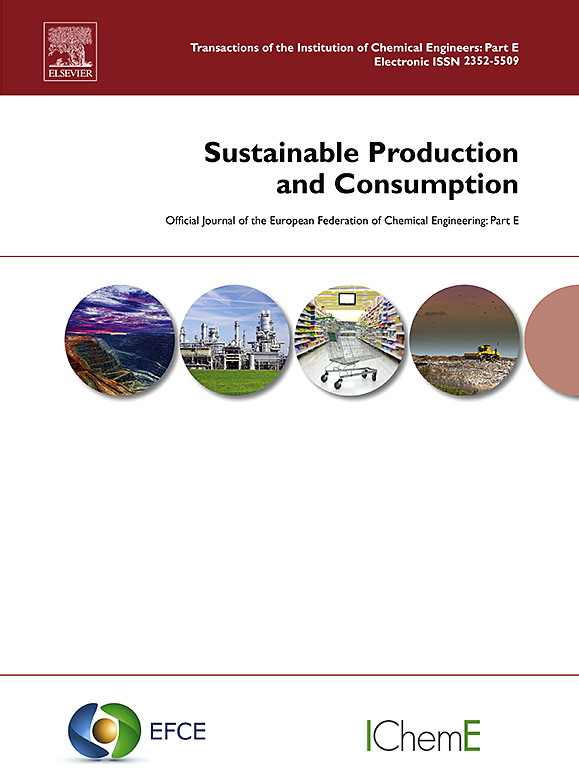从内燃机汽车向电动汽车过渡的社会风险评估:中国、日本和韩国的材料供应链
IF 10.9
1区 环境科学与生态学
Q1 ENVIRONMENTAL STUDIES
引用次数: 0
摘要
为了减少碳排放,内燃机汽车(ICEV)的生产正在向电动汽车(EV)的生产过渡。然而,这一过程的社会不可持续性需要进一步检验。本研究基于社会热点数据库(SHDB),结合社会生命周期评估(SLCA)和边际分析法(MAM),探讨了从内燃机汽车向电动汽车过渡的社会风险特征。在此,我们揭示了中国、日本和韩国在材料供应链中的社会风险差异,这可能会在假设博弈中产生 100% 供应集中的激励。在社会风险方面,我们观察到三国在铁-铝领域的共同替代趋势和铜-橡胶领域的协同模式。作为影响社会风险的关键因素,成本因素可能会发生变化,而转型导致的成本变化主要受生产调整和采购差异的影响,反映了产能趋势的差异。这项研究使得在 SLCA 工作中将内燃机车和电动车作为过渡活动的两个终点成为可能,并提供了以过渡为重点的宝贵见解,有助于未来产品设计的材料选择,并强调了积极考虑社会可持续性指数的重要性。本文章由计算机程序翻译,如有差异,请以英文原文为准。
Social risk assessment of the transition from internal combustion engine vehicles to electric vehicles: Material supply chains in China, Japan, and South Korea
In order to reduce carbon emissions, the production of internal combustion engine vehicles (ICEVs) is being transitioned to the production of electric vehicles (EVs). However, the social unsustainability of this process needs further testing. This study explored the social risk characteristics of the transition from ICEVs to EVs based on the Social Hotspots Database (SHDB), combining with the Social Life Cycle Assessment (SLCA) and the Marginal Analysis Method (MAM). Here, we revealed the differences in social risks in the material supply chains between China, Japan, and South Korea, which may create incentives for 100 % supply concentration in a hypothetical game. In terms of social risk, common substitution trends in the iron‑aluminum sector and synergy patterns in the copper-rubber sector were observed in the three countries. As a key factor influencing social risks, cost factor may change, and cost changes due to transition were mainly influenced by production adjustments and sourcing differences, reflecting differences in production capacity trends. This study makes it possible to consider ICEVs and EVs as two endpoints for transition activity in a SLCA exercise and provides valuable insights focusing on transition, aiding in material selection for future product design and underscoring the importance of proactive consideration of social sustainability indices.
求助全文
通过发布文献求助,成功后即可免费获取论文全文。
去求助
来源期刊

Sustainable Production and Consumption
Environmental Science-Environmental Engineering
CiteScore
17.40
自引率
7.40%
发文量
389
审稿时长
13 days
期刊介绍:
Sustainable production and consumption refers to the production and utilization of goods and services in a way that benefits society, is economically viable, and has minimal environmental impact throughout its entire lifespan. Our journal is dedicated to publishing top-notch interdisciplinary research and practical studies in this emerging field. We take a distinctive approach by examining the interplay between technology, consumption patterns, and policy to identify sustainable solutions for both production and consumption systems.
 求助内容:
求助内容: 应助结果提醒方式:
应助结果提醒方式:


